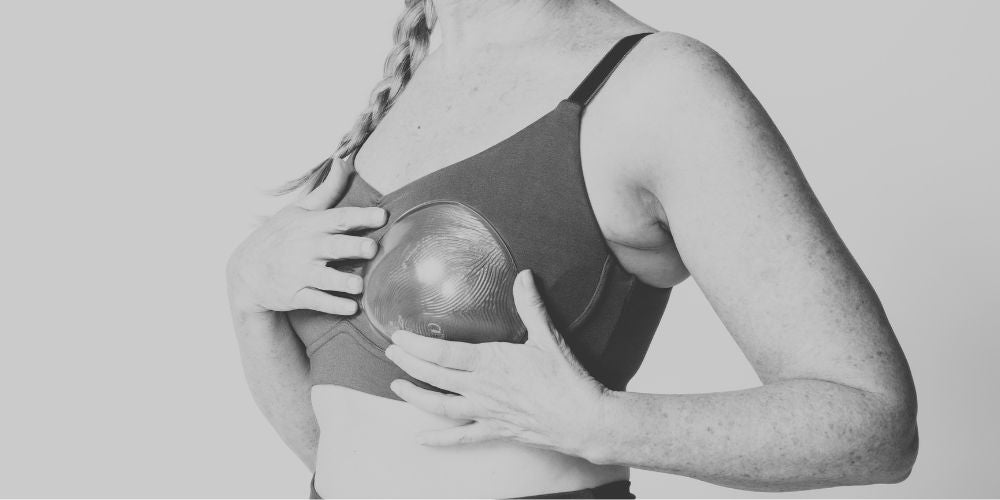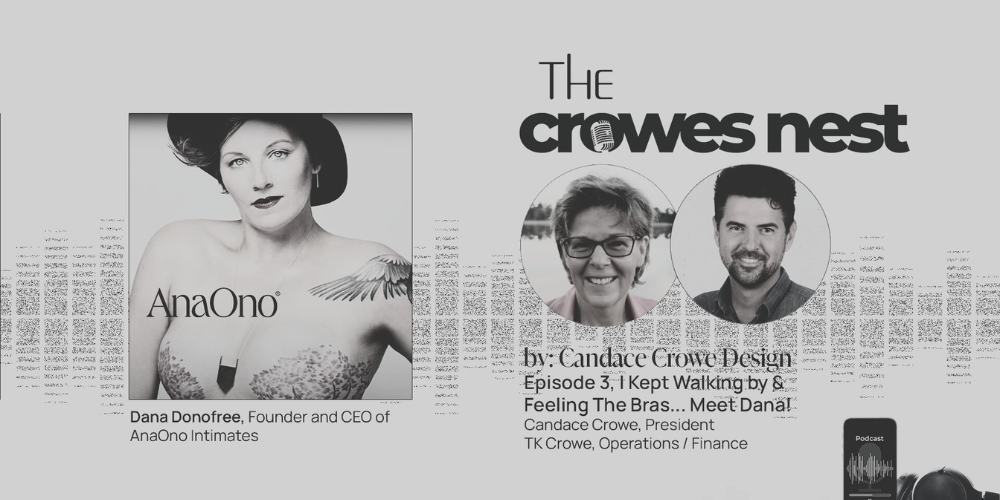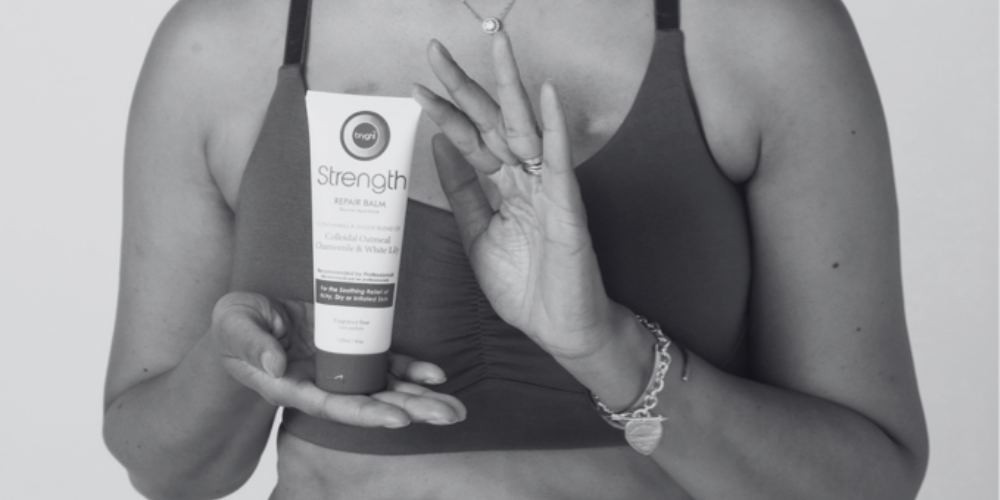When understanding surgery options and the risks associated with a mastectomy, you don’t necessarily expect implants to be one of them. This morning, Allergan, a leading manufacturer of breast implants, announced they are voluntarily recalling their textured breast implants from future use in breast surgeries, including breast augmentation and reconstruction. Putting the safety of patients first, this proactive step is an important one to those receiving a rare, but real, diagnosis of Anaplastic large cell lymphoma (ALCL). Read the full press release and product recall here.
What Are Textured Implants?
Textured implants have a suede like outer coating and are defined by the America Society of Plastic Surgeons as “implants [that] develop scar tissue to stick to the implant, making them less likely to move around inside of the breast and become repositioned.”
What is BIA-ALCL?
According to the National Institute of Health, anaplastic large cell lymphoma or BIA-ALCL is a rare type of Non-Hodgkin's lymphoma that targets the lymph and immune system, it is not a form of breast cancer. (Not to be confused with Breast Implant Illness (BII): another risk and complication from breast implant surgeries).
Breast implants, Allergan brand or otherwise, have been linked to the diagnosis of BIA-ALCL. The FDA results show, patients with the specified textured implant risk a higher diagnosis rate over those with smooth implants. Most cases are treated with the removal of the implant, and if caught early, curable. However, the FDA is not recommending a proactive removal of the implant if you are asystematic.(1).
How do I know if my textured implants are putting my health at risk?
If you have any question or concern that something isn’t right after your breast reconstruction or breast augmentation surgery, we always recommend calling your doctor and schedule an examination immediately. The FDA helps to explain the symptoms associated with ALCL, and what we as patients should be on the lookout for.
Swelling & Pain:
Persistent swelling or pain in the area of the breast implant. These symptoms may occur well after the surgical incision has healed, often years after implant placement.
Fluid Build Up:
Upon evaluation by a healthcare provider, evidence of fluid collection around the breast implant (seroma) is often observed. Some patient reports indicated that a lump under the skin or capsular contracture (thick and noticeable scar capsule around the implant) were present.
I have textured implants, and I’m scared. What do I do?
We know undergoing breast reconstruction after your mastectomy is a personal choice. Choosing to explant, or remove your implants for any reason, is also a personal choice. It is your right as a patient to decide what is right for YOU. If you are considering exchange surgery or explant surgery to go flat, we encourage you to speak with your doctor to make sure you are educated on the options, benefits, and risks associated with any additional surgeries.
It is also important to talk to your doctor if you are experiencing different symptoms aside from ALCL. If you are, you could be experiencing Breast Implant Illness (BII). We recommend calling and meeting with your doctor right away. To learn more about Rayleen Hollrah’s ALCL diagnosis, check out her story published in the New York Times.
The personal stories of how these individuals were affected and discovered new paths of healthy living may be helpful insight as you navigate your own decision making.










